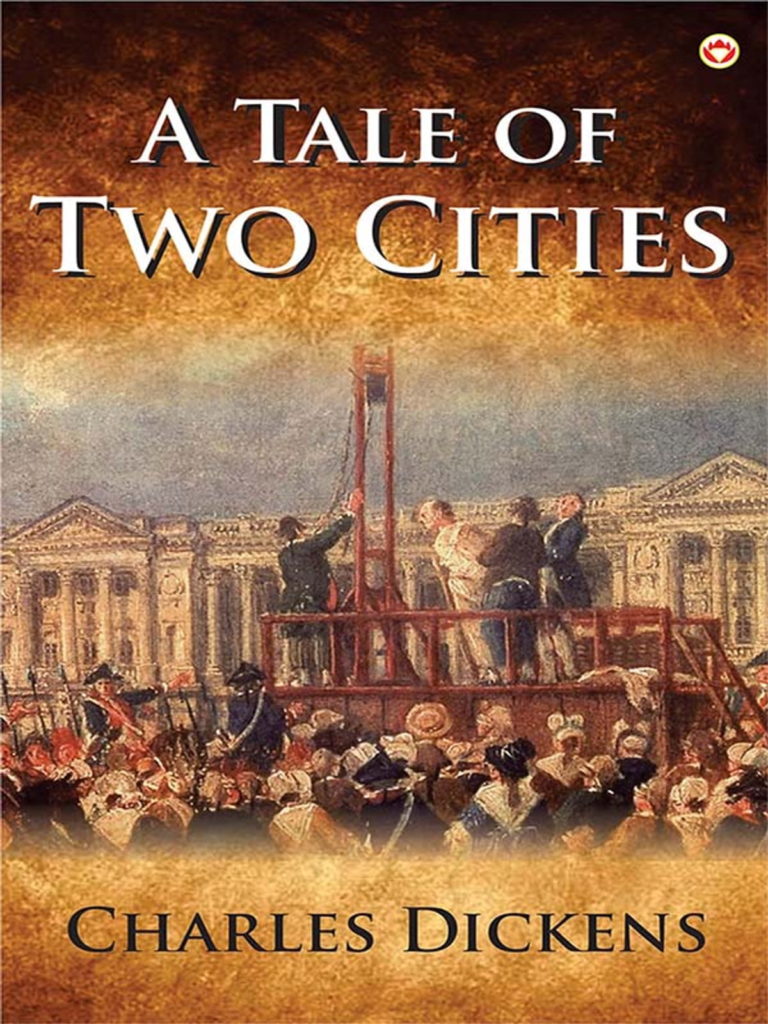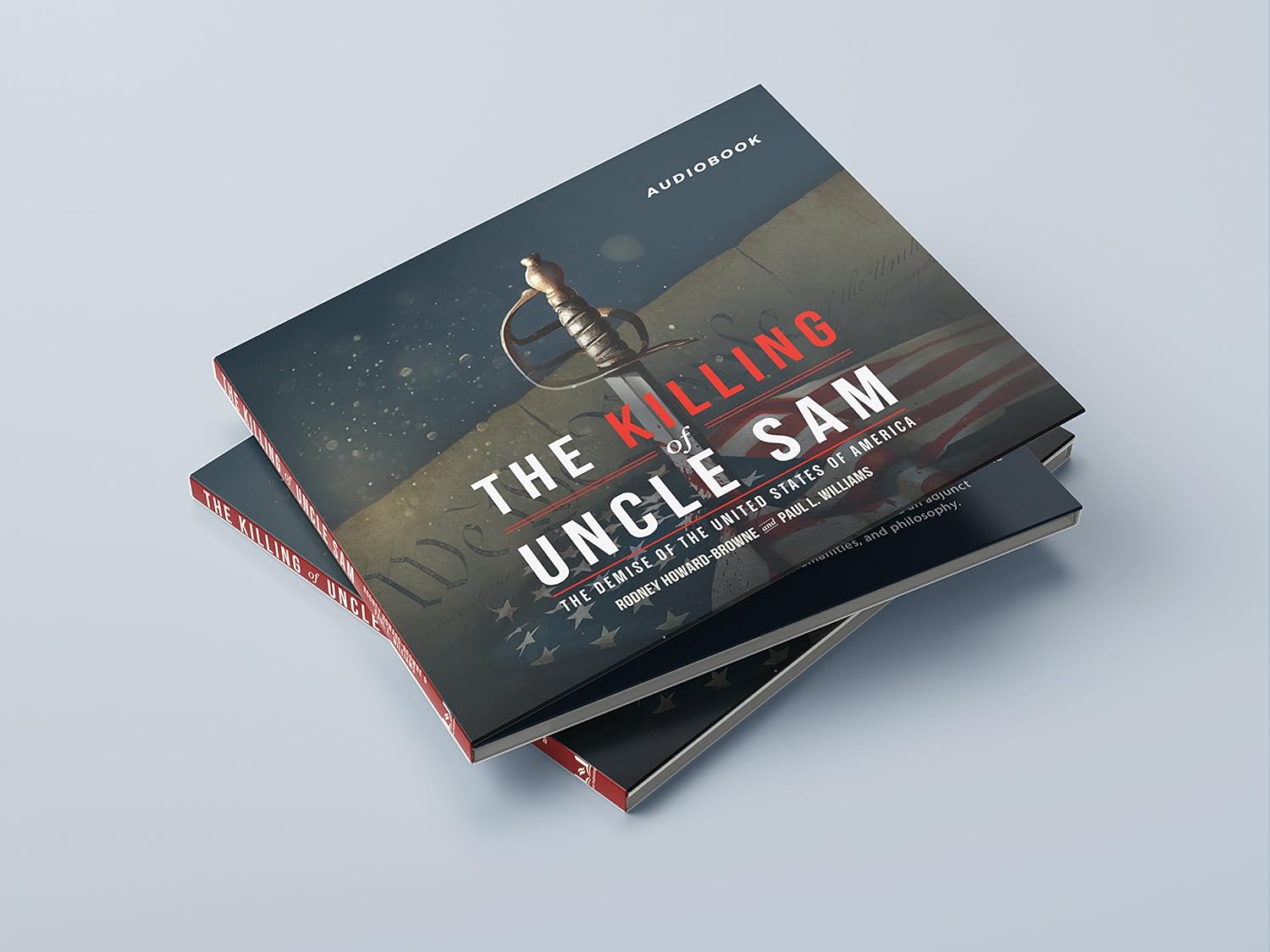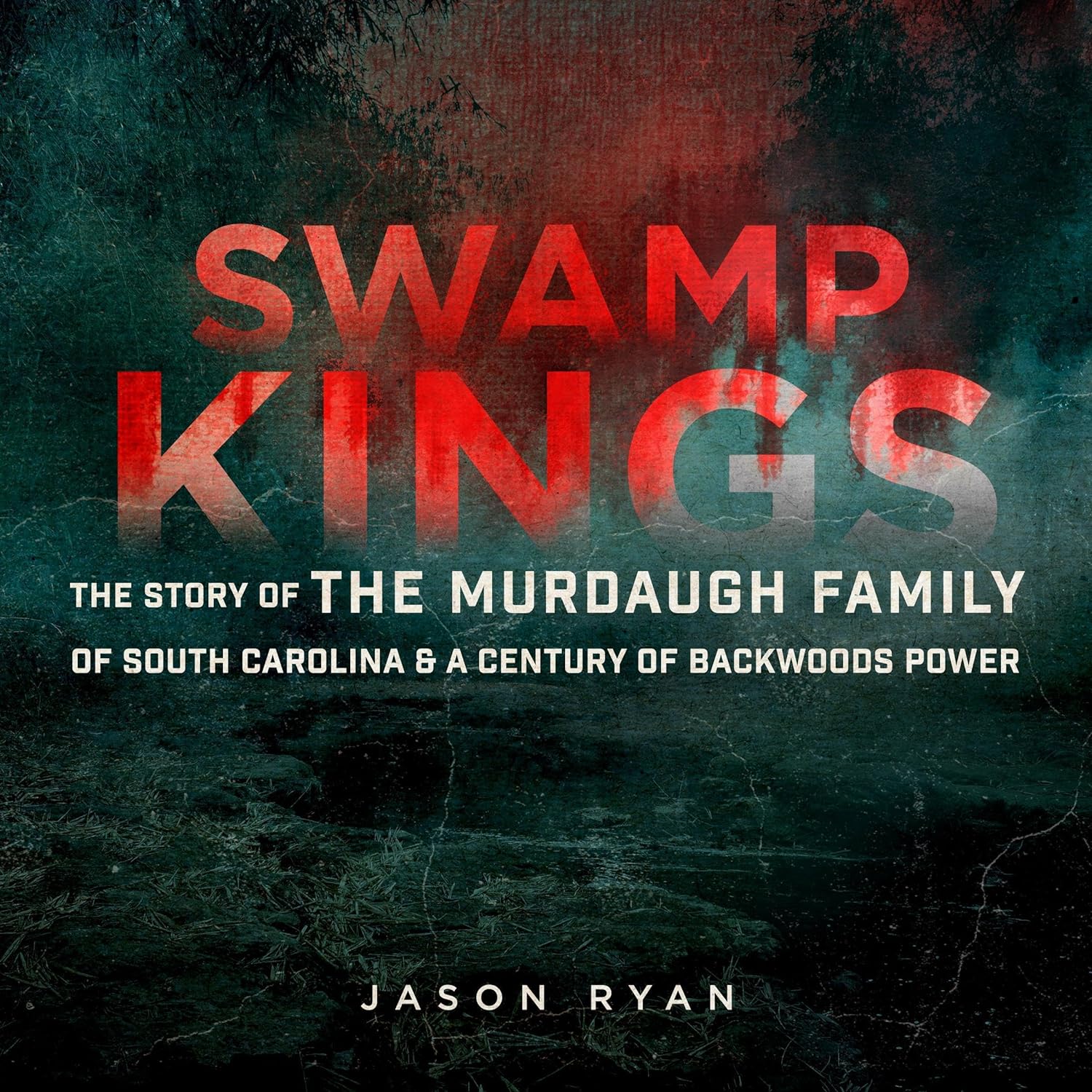Book Cover Review: A Tale of Two Cities

The book cover for “A Tale of Two Cities” is carefully examined, taking into account a number of important graphic design components. The color scheme is essential for expressing the story’s theme and emotion. The cover usually reflects the historical context of the work during the French Revolution by combining dark colors like deep blues, grays, and blacks. These hues convey a sense of mystery and gravity. The cover’s layout is frequently designed to produce a composition that is visually pleasing. The title or images, for example, might be highlighted by using symmetrical or asymmetrical layouts. The content of the cover may be easily navigated thanks to a balanced layout that prevents clutter from overwhelming the viewer’s attention. If there are any characters on the cover, their placement can provide crucial hints about the plot. For example, characters may be shown looking away or confronting each other to represent distance or conflict. Comprehending the importance of character placement enhances the narrative of the cover. The author’s name and title font selections have a big impact on how the cover looks. Modern twists can bring novelty, and typefaces with historical or classic aesthetics can fit in with the novel’s time period. For readability and visual appeal, font style, size, and positioning are also tuned. The choice and presentation of imagery on the cover play a crucial role in conveying the main ideas of the narrative. To add visual context and pique readers’ interest, iconic symbols related to the French Revolution, including guillotines, revolutionaries, or cityscapes, may be included. The book cover for “A Tale of Two Cities” is carefully designed, using components like color, layout, font, imagery, and character positioning to capture the spirit of the story and draw readers in. Every element has been thoughtfully chosen to create a sense of mystery, communicate the historical context, and forge a distinctive visual identity for the book.
On this site we may occasionally recommend product(s) that we use and love. If you take action (i.e. make a purchase) after clicking one of the affiliate links, Venice Review may earn some coffee money, which we promise to drink while continuing to support our visitors. You do not pay a higher price. Some services are even free.






